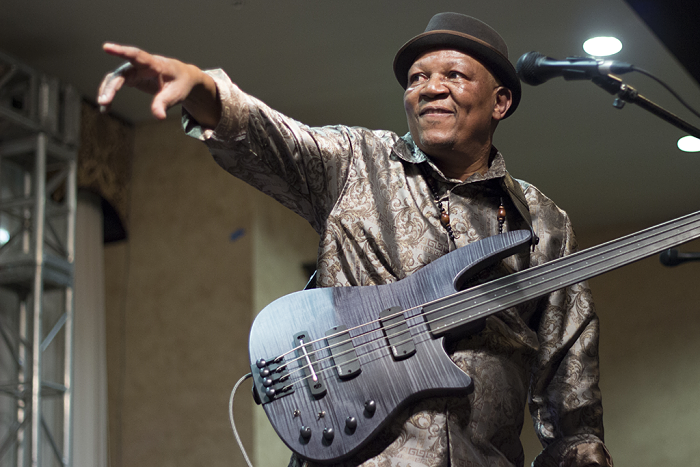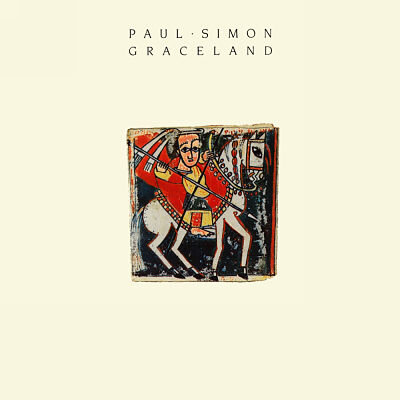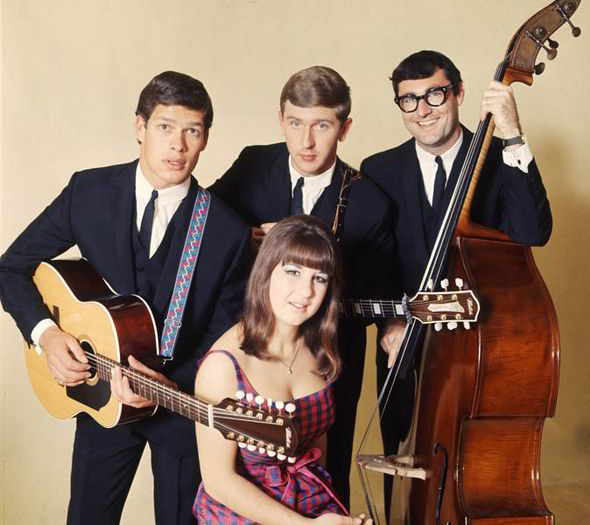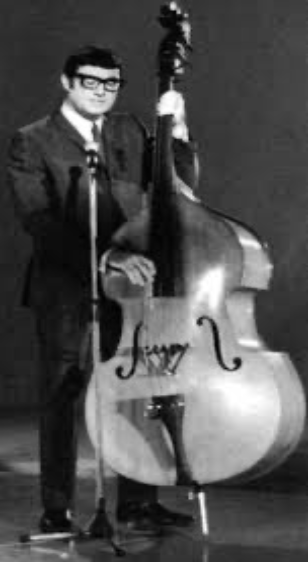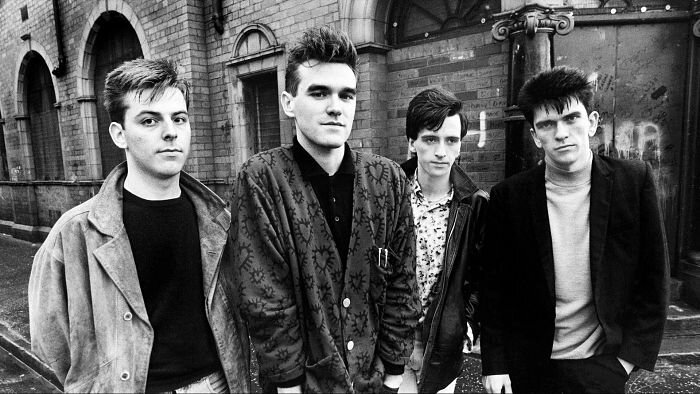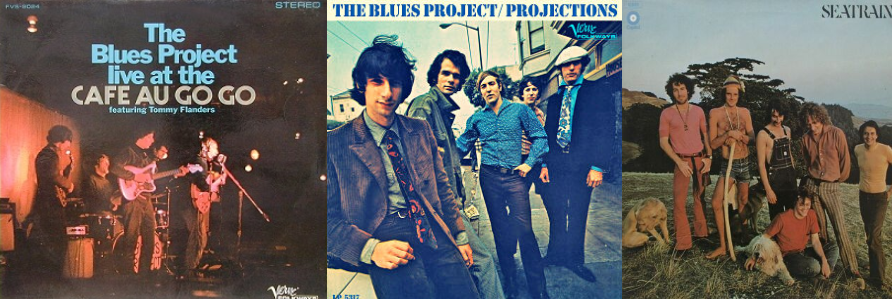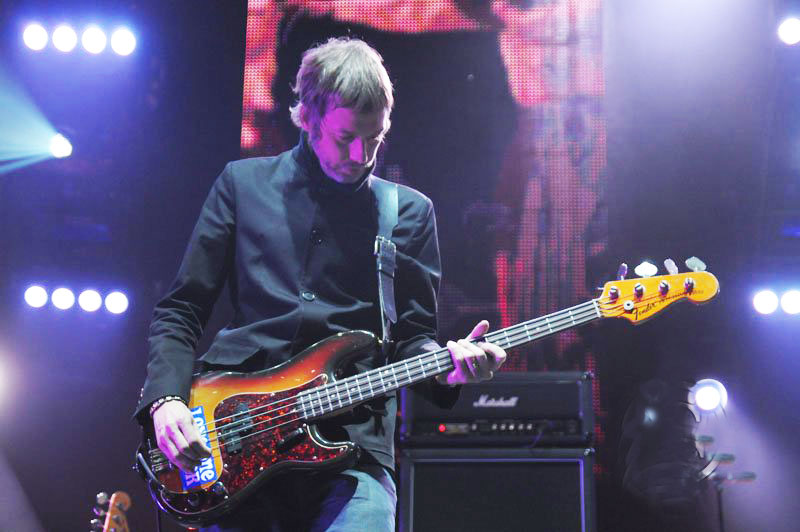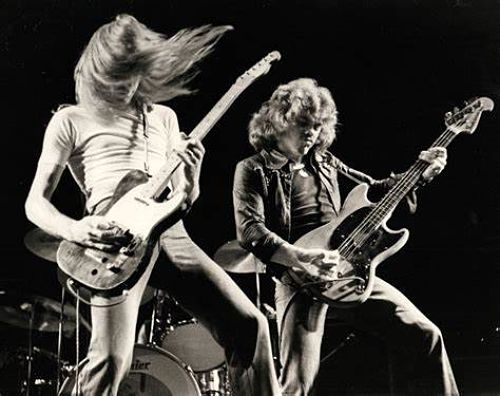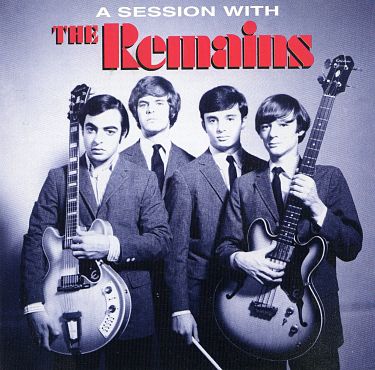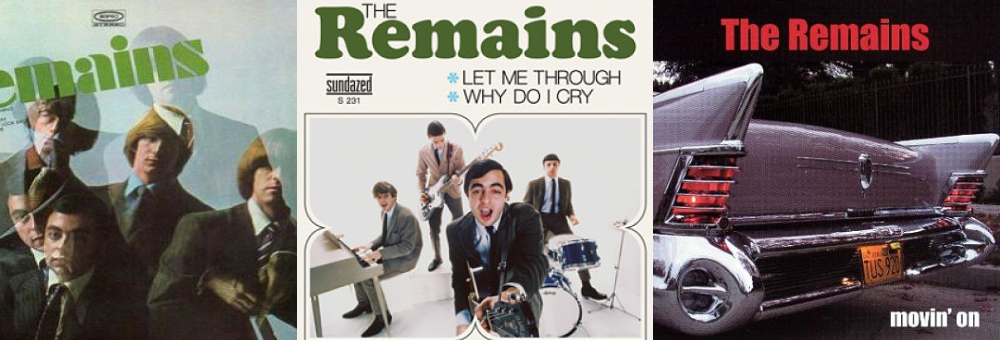Anthony Jackson

By Thomas Semioli
There are the players that accept the instrument for what it is, and there are those who have no other choice but to break new ground…
A session giant and among the most spirited and recognizable proponents of the extended range “bass guitar” (as he insists the instrument be referred to)– in particular his “contrabass” six string – Anthony Jackson’s influence and impact on modern music is incalculable.
From his iconic picked motif on the O’Jay’s “For the Love of Money,” to his stellar pocket work on thousands of recordings and concert performances including Luther Vandross, Steely Dan, Chaka Kahn, Paul Simon, Michel Petrucciani, Hiromi, Chick Corea, Al Di Meola, Mike Stern, Lee Ritenour, and Roberta Flack to cite an extremely select few – Jackson is a harmonic and groove master. An educator, collaborator, and composer – sans Anthony Jackson, the extended range electric bass as we know would still be considered an anomaly.
Anthony Jackson Sound & Vision:
Dig Anthony with Harvey Mason and Lee Ritenour “P.A.L.S.” https://youtu.be/Qmi733Qnpnw
Dig Anthony with the O’Jays “For the Love of Money” https://youtu.be/GXE_n2q08Yw
Dig Anthony working the pocket with Simon & Garfunkel in Central Park https://youtu.be/RGK19Pg6sB0
Dig Anthony with Garland Jeffreys on “Ghost Writer” https://youtu.be/A-xf8ePtTt8
Dig Anthony’s “12 Bars No Blues” https://youtu.be/nXUHO3bE-F4
Dig Anthony with Robben Ford (guitar), Jimmy McGriff (organ), Bernard Purdie (drums), and the horn section of Phil Woods (alto), Bob Berg (tenor) and Art Farmer (trumpet) “Palisades in Blue.” https://youtu.be/MIb4I6lu6JQ

Photos courtesy of Anthony Jackson Facebook
